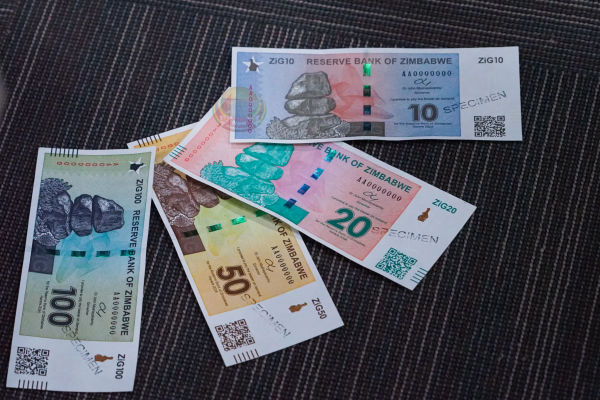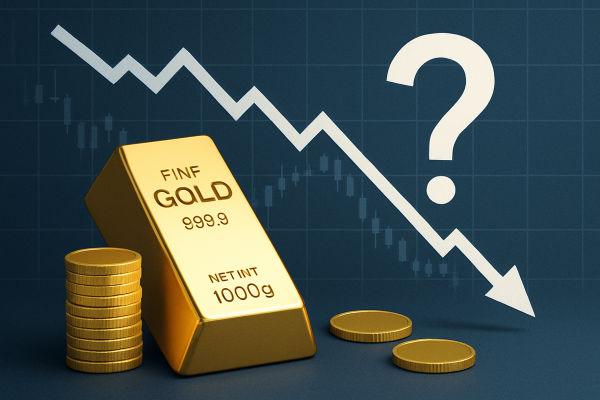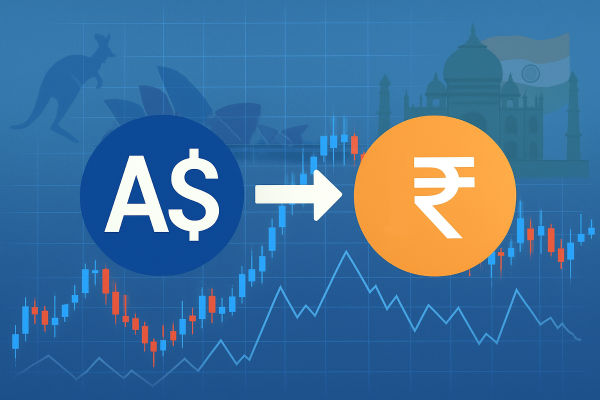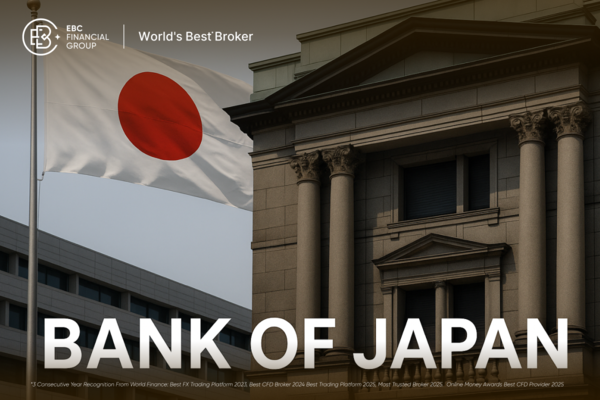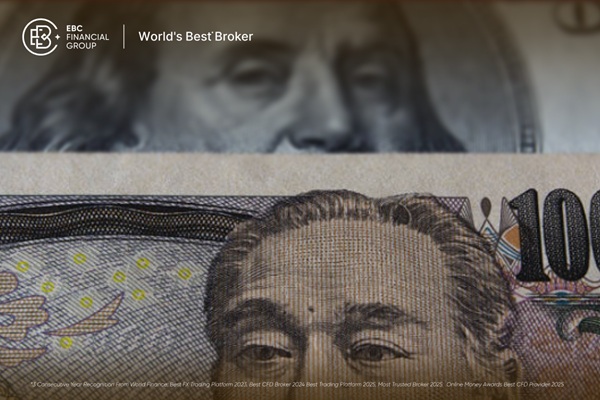The US dollar (USD) remains the world's most important currency, anchoring global trade, reserves, and financial markets. Yet in 2025, debates about its long-term future are louder than ever.
Concerns over rising debt, inflation pressures, and de-dollarisation efforts have raised the question: Is a US dollar collapse inevitable?
The reality is more complex. While there are clear warning signs, the dollar also retains unmatched strengths. This article explores the latest data, risks, and stabilising factors shaping the dollar's outlook.
What Are the Key Warning Signs for the US Dollar?
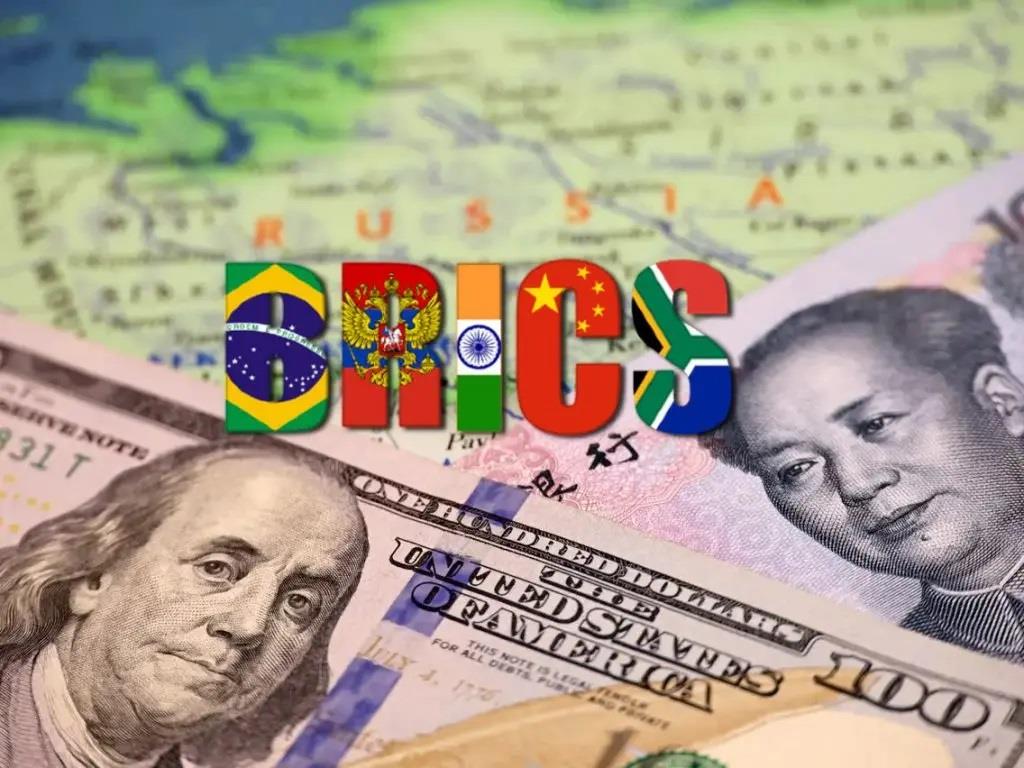
Several structural and policy-driven challenges continue to weigh on the US currency.
National Debt: As of August 2025, US federal debt reached $37.3 trillion, a historic high. [1]
Deficits: The Congressional Budget Office projects $3.4 trillion in cumulative deficits over the next decade.
Reserve Share: The USD constitutes about 58% of global foreign exchange reserves, a decrease from over 70% in the early 2000s.
Central Bank Diversification: Countries such as China, Russia, and BRICS members continue to buy gold and expand local-currency trade arrangements.
Investor takeaway: While not indicating an imminent collapse, these trends reveal a gradual erosion of confidence in the dollar's long-term dominance.
Stability Factors & Counter-Arguments
While these warning signs are real, there are strong factors that continue to support the USD and suggest that a collapse is not inevitable:
1) Strong Global Demand:
The USD is the most widely held reserve currency, used for trade, in commodities, and as a safe haven during crises. [2]
2) Depth & Liquidity of US Financial Markets
The US Treasury markets remain the largest and most liquid bond market in the world.
3) Geopolitical & Regulatory Constraints:
Alternative reserve currencies (e.g. Euro, Renminbi) face economic, legal, and trust challenges. Sanctions, US market influence, and financial infrastructure still favour USD dominance.
4) Recent Policy Moves:
The Federal Reserve's recent decisions (interest rate changes, inflation policy) suggest responsiveness to inflation, which helps maintain investor confidence in the USD.
Recent Fed Policy & Market Moves
Federal Reserve policy has a direct impact on the strength of the USD. Here's a look at the latest moves:
| Date |
Fed Action |
Federal Funds Range |
Market Reaction |
| June 17–18, 2025 |
Rates held steady |
4.25%–4.50% |
Markets remained cautious due to sticky inflation |
| September 16–17, 2025 |
Cut 25 bps |
4.00%–4.25% |
First cut in 2025; dollar dipped slightly, equities rallied |
The September 2025 cut marks a policy shift after nearly nine months of holding rates steady, reflecting slowing inflation but also concerns about global growth.
Global & Regional Perspectives Regarding the Potential US Dollar Collapse

1) Emerging Markets:
Rising U.S. rates earlier in 2025 triggered capital outflows and local currency weakness. The September cut gave some relief.
2) BRICS Initiatives:
The use of local currencies in trade is increasing, but it is still limited on a global scale. A unified BRICS currency is still speculative.
3) Europe:
The Euro remains a strong secondary reserve currency, but debt fragmentation and political uncertainty cap its potential.
4) Commodities & Crypto:
Gold demand by central banks has risen, while crypto remains too volatile to rival the USD.
Is the US Dollar Collapse Inevitable or a False Alarm?
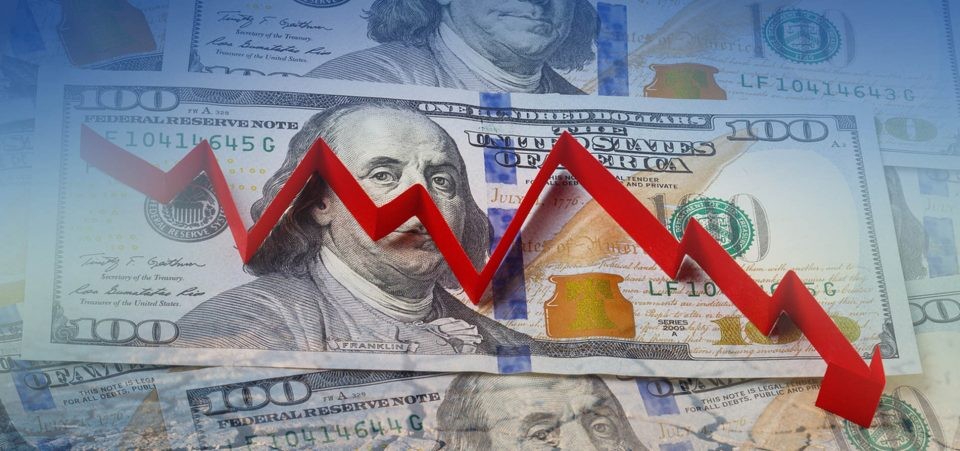
The phrase "US Dollar collapse" is often sensationalised. Realistically, a sudden collapse is unlikely:
The dollar underpins global trade contracts and commodity pricing.
Governments and companies around the world hold trillions of dollars in debt, which creates an incentive for maintaining stability.
US economic size and financial markets remain unmatched.
However, a gradual weakening trend, loss of market share, slower demand growth, and diversification into alternatives are more plausible in the medium to long term.
Frequently Asked Questions
1. What Are the Main Warning Signs for the USD?
High debt, persistent fiscal deficits, and a declining share of global reserves.
2. Is De-Dollarisation Really Happening?
Yes, but slowly. BRICS and other nations are promoting local-currency trade, but the USD remains dominant. [3]
3. Could the Dollar Lose Reserve Currency Status?
Possible over the long run, but not imminent. It would require both a stronger competitor and a collapse of confidence in US assets.
4. How Do Fed Rate Changes Affect the USD?
Rate hikes typically strengthen the dollar; cuts can weaken it. The September 2025 cut softened the USD slightly.
5. What Should Investors Watch Next?
Upcoming Fed meetings (October 28–29, 2025), inflation trends, and global reserve composition reports from the IMF and BIS.
Conclusion
In conclusion, the US dollar faces undeniable challenges from rising debt, de-dollarisation moves, and long-term fiscal concerns. However, in 2025, it remains the world's reserve currency, supported by US market depth and safe-haven status.
Instead of an overnight collapse, investors should expect a gradual rebalancing of global currency dynamics. The future of the dollar will be influenced by Federal Reserve policy, worldwide trade adjustments, and whether competing nations can develop viable alternatives.
Disclaimer: This material is for general information purposes only and is not intended as (and should not be considered to be) financial, investment or other advice on which reliance should be placed. No opinion given in the material constitutes a recommendation by EBC or the author that any particular investment, security, transaction or investment strategy is suitable for any specific person.
Sources
[1] https://usafacts.org/answers/how-much-debt-does-the-us-have/country/united-states/
[2] https://www.federalreserve.gov/econres/notes/feds-notes/the-international-role-of-the-u-s-dollar-2025-edition-20250718.html
[3] https://www.federalreserve.gov/econres/ifdp/exploring-central-bank-gold-purchases-and-the-dollars-role-in-international-reserves.htm








